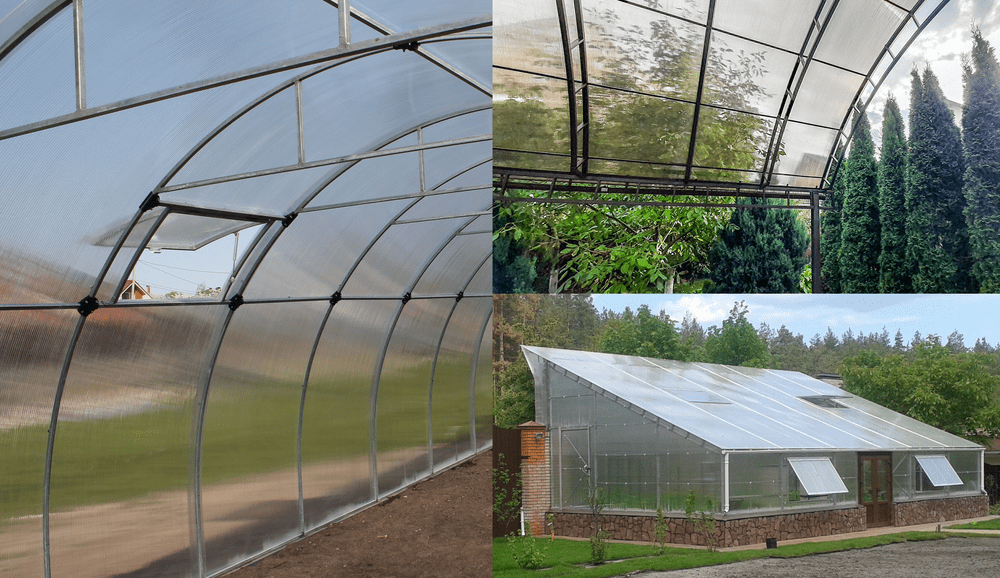
HERE'S WHAT YOU SHOULD KNOW ABOUT CELLULAR POLYCARBONATE
Share
Cellular (or honeycomb) polycarbonate is a flexible and durable polymer belonging to the group of thermoplastics, that is materials that, under thermal action, pass from a solid-state to a viscous one and vice versa.
This type of polycarbonate is called honeycomb because of the material's particular structure - a sheet of cellular polycarbonate is two or three thin sheets connected by transverse partitions. The sheet's internal cavities are called cells or honeycombs, hence the name of this polymer.
 Cellular polycarbonate has gained popularity in the market of plastic building materials, not least due to the high thermal insulation properties, which are provided precisely by its specific internal structure. Simultaneously, such a material retains all the properties of standard polycarbonate - low specific gravity, relative strength, flexibility, resistance to physical influences, and, which is also essential, the aesthetically pleasing appearance of the material.
Cellular polycarbonate has gained popularity in the market of plastic building materials, not least due to the high thermal insulation properties, which are provided precisely by its specific internal structure. Simultaneously, such a material retains all the properties of standard polycarbonate - low specific gravity, relative strength, flexibility, resistance to physical influences, and, which is also essential, the aesthetically pleasing appearance of the material.
Cellular polycarbonate is used for a wide range of construction: the construction of translucent structures, awnings, fences, roofing, and insulation works. This article will separately consider each advantage of cellular polycarbonate over other materials.
Low specific gravity
A sheet of cellular polycarbonate's total thickness is much smaller than similar solid (monolithic) materials since cavities between layers of material are also considered in the nominal thickness. And since empty space, which is logical, weighs nothing, this structure significantly reduces the material's total specific gravity. Polycarbonate itself is much lighter than most of its counterparts, while this material's cellular subspecies are even lighter than ordinary polycarbonate.
Impact resistance
Due to the above-described features of its structure, cellular polycarbonate is inferior to monolithic polycarbonate in the comparative impact resistance of the sheet, however, the impact resistance of cellular polycarbonate will still be significantly higher than that of other plastics and translucent materials.
High level of thermal insulation
Because the air trapped inside the polycarbonate sheet's cavities can retain the heat received from the outside for a long time, cellular polycarbonate shows an excellent thermal insulation level. For this reason, cellular polycarbonate is especially effective for the construction of agricultural greenhouses and other structures, the task of which is to retain heat indoors. In addition to thermal insulation, the same features also provide sound insulation since the same cavities that retain heat serve as a buffer for sound waves coming from outside.
High transparency

The transparency of a 10-millimeter (0 25/64") sheet of cellular polycarbonate can reach 88%, which is a very high indicator - such material freely transmits most of the light rays.
Ease of installation and operation
Flexible and lightweight, the honeycomb polycarbonate sheets are easy to handle. The transportation of cellular polycarbonate or the work with such material does not require special efforts when installing or erecting a particular structure. The material is almost impossible to break and damage under typical loads. This plastic is also convenient in further operation - polycarbonate is a durable material, and caring for it does not require much money or special physical effort.
